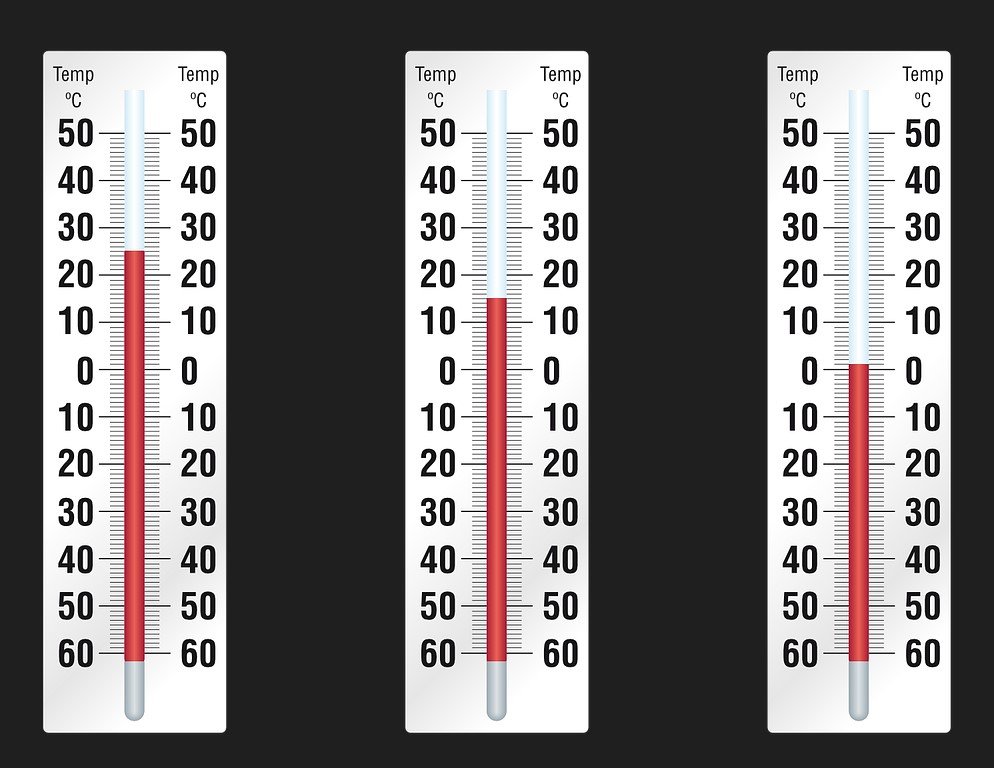Welcome! As someone who has extensive experience in dealing with sleep-related issues, I understand the struggle of sleeping with piriformis syndrome. This condition can significantly interfere with your sleep, making it hard for you to get a good night’s rest. In this article, we’ll explore practical strategies that can help alleviate the discomfort and improve your sleep quality. This is especially relevant for those suffering from piriformis syndrome.
Are you wondering, “How can I sleep comfortably despite having piriformis syndrome?” Well, the answer lies in adopting certain sleeping positions and making a few lifestyle modifications. By sleeping on your back or side and using supportive aids like pillows, you can reduce the strain on your piriformis muscle. This not only alleviates the discomfort but also promotes better sleep. Furthermore, heat therapy before bedtime can soothe the muscle and soft tissues, preventing a flare-up during sleep. By following these tips and recommendations, you can effectively manage piriformis syndrome and improve your sleep quality. So, let’s dive in and explore these strategies in detail.
What is Piriformis Syndrome and How Does it Impact Sleep?
Piriformis syndrome is a condition characterized by pain in the buttocks due to spasms in the piriformis muscle, which can sometimes irritate the nearby sciatic nerve. This discomfort often worsens during sleep, largely due to the pressure exerted on the muscle in certain sleeping positions. Understanding this link between piriformis syndrome and sleep is crucial for those affected, as it helps them make necessary adjustments to improve their sleep quality.
The piriformis muscle, located in the buttock region, plays a significant role in lower body movements. When this muscle becomes tight or spasms, it can press against the sciatic nerve, causing pain and discomfort. This pain can radiate down to the lower extremities and become more pronounced during the night when the body is at rest. Hence, it becomes essential for individuals with piriformis syndrome to find sleeping positions that minimize stress on this muscle.
According to recent studies, approximately 6-8% of people experiencing low back or buttock pain are diagnosed with piriformis syndrome. This statistic underscores the prevalence of the condition and its potential to disrupt sleep. By understanding the relationship between piriformis syndrome and sleep, sufferers can take proactive steps towards managing their symptoms and achieving a good night’s rest.
Top 5 Sleeping Positions for Alleviating Piriformis Syndrome Pain
Those dealing with piriformis syndrome know how crucial a good night’s sleep can be for managing the condition. An incorrect sleeping position could exacerbate the pain, while the right one may help alleviate it. Let’s explore the top five sleeping positions that are often recommended for individuals suffering from this condition.
- Sleeping on your back with a pillow under your knees: This position helps maintain the natural curve of your spine and reduces the pressure on your piriformis muscle.
- Side sleeping with a pillow between your knees: In this position, the pillow prevents your upper leg from pulling your spine out of alignment, thus reducing the strain on your piriformis muscle.
- Fetal position: Curling up in a fetal position can open up the spaces in your spine where nerves exit, relieving pressure on the sciatic nerve which is often affected by piriformis syndrome.
- Sleeping in a reclined position: If your pain is worse when sitting than when standing, sleeping in a reclined position may benefit you. It creates an angle between your thighs and trunk, reducing the pressure on the piriformis muscle.
- Elevating your legs: Raising your legs higher than the rest of your body while lying on your back can help reduce swelling and relieve pressure on your lower back and hips, easing piriformis syndrome pain.
Remember that everyone is unique, and what works for one person may not work for another. Experiment with these positions to find the one that brings you the most relief. Also, consider investing in a good quality mattress and pillows to provide adequate support to your body while sleeping.
The Role of Heat Therapy in Easing Piriformis Syndrome Discomfort
Heat therapy is a widely recognized method for alleviating muscle-related pain and discomfort, including that caused by piriformis syndrome. By promoting blood flow and relaxing the affected muscle, heat therapy can provide significant relief from the symptoms of this condition.

How to Sleep with Piriformis Syndrome A Practical Guide
Applying heat to the piriformis muscle can help to alleviate the tension and reduce the pressure on the sciatic nerve. This can be achieved through various means such as using a hot water bottle, a heat pad, or even taking a warm bath. It’s important to note that heat therapy should be used cautiously, ensuring the heat source is not too hot to avoid skin burns.
Studies have shown that heat therapy can effectively improve muscle relaxation and increase tissue elasticity, reducing discomfort associated with piriformis syndrome. Therefore, integrating heat therapy into your routine can be a beneficial strategy in managing piriformis syndrome symptoms and improving sleep quality.
The Importance of Pillows in Managing Piriformis Syndrome During Sleep
Pillows play a crucial role in managing piriformis syndrome pain during sleep. Providing support in the right places, they help maintain proper alignment and alleviate pressure on sensitive areas. Pillows can be used to elevate or cushion specific body parts, contributing to better sleep quality and reduced discomfort.
Type of Pillows and Their Uses
Different types of pillows serve various purposes:
- Orthopedic pillows: These are designed specifically to correct body positioning in bed. They can provide the necessary support to your neck, back, and legs, reducing pressure on the piriformis muscle.
- Knee pillows: When placed between your knees while sleeping on your side, these can help keep your hips, pelvis, and spine aligned.
- Lumbar pillows: These can provide extra support to your lower back when sleeping in a reclined position or lying on your back.
Choosing the Right Pillow
Choosing the right pillow is just as important as selecting the right sleeping position. Here are a few tips:
- Material: Look for pillows made from memory foam or latex as they conform to the shape of your body and provide consistent support.
- Size and Thickness: The right size and thickness depend on your preferred sleeping position. For instance, side sleepers may need a thicker pillow to keep their neck aligned with their spine.
- Shape: Some pillows come in unique shapes designed for specific purposes. For instance, wedge-shaped pillows can be used to elevate your legs or upper body.
By understanding the importance of pillows in managing piriformis syndrome during sleep, you can make informed decisions that contribute to better pain management and improved sleep quality.
Conclusion
To wrap up, dealing with piriformis syndrome can indeed be a challenge, particularly when it interferes with your sleep. However, by understanding the condition and implementing the strategies discussed in this article, you can find relief and improve your sleep quality. Remember, it’s all about finding what works best for you – whether it’s adjusting your sleeping position, using heat therapy, or making lifestyle changes.
Don’t let piriformis syndrome steal your peaceful nights. With a little patience and persistence, you can manage your symptoms effectively and reclaim your good night’s sleep. Here’s to better sleep and happier mornings!
Frequently Asked Questions
[faq-schema id=”1284″]
















